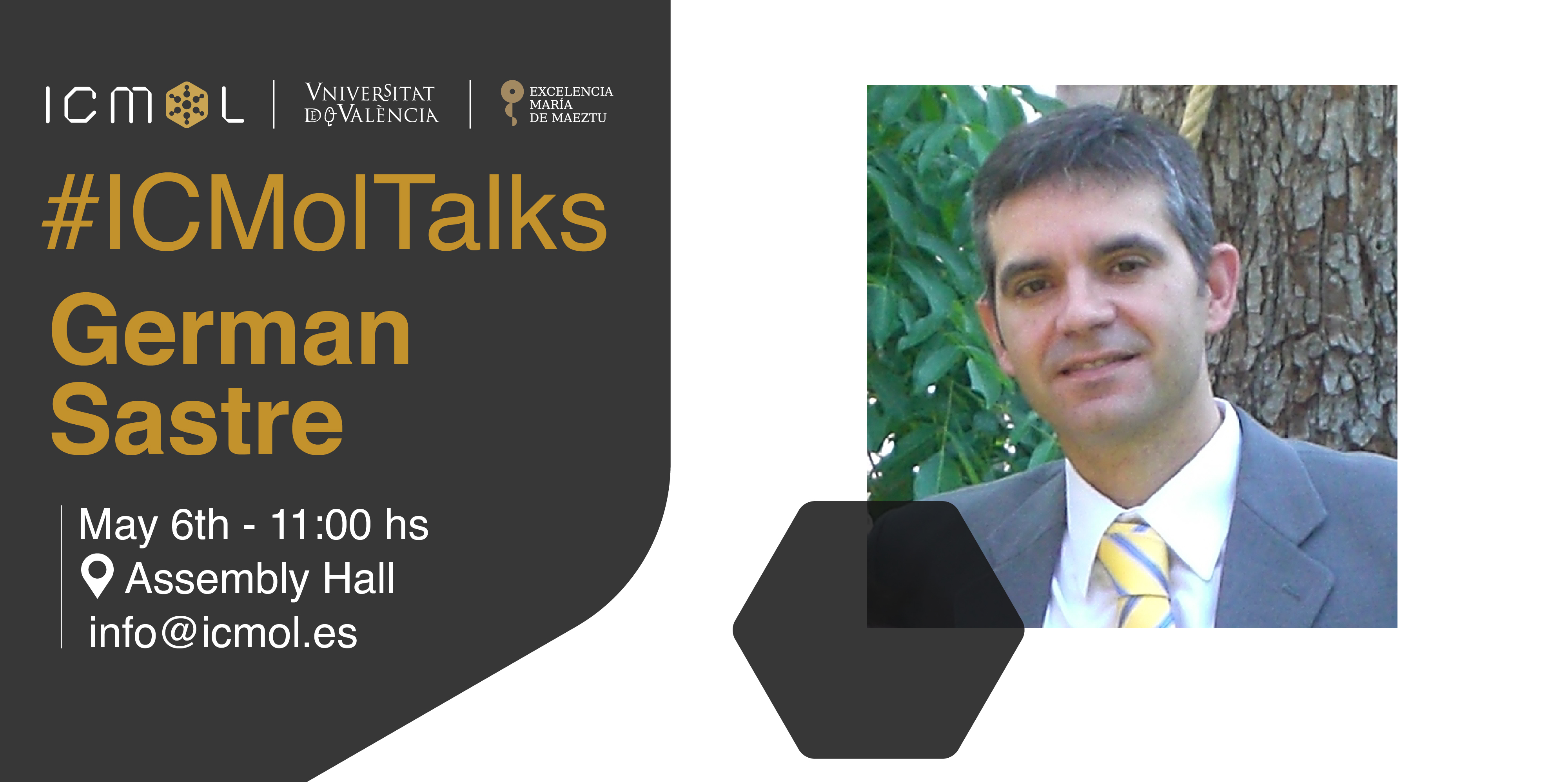
Host-guest interactions in soft and hard matter from a computational viewpoint
Abstract
The design of new materials within solid state chemistry is strongly based on our knowledge of the general rules that dictate order at the short and long range in matter. Zeolites are a unique family of crystalline nanoporous materials due to having more than 60 polymorphs sharing the chemical composition and the tetrahedral architecture of quartz, SiO2. How would then be possible to control which polymorph is formed if all start from the same synthesis silica gel and are demonstrated to show similar energetic stability? Surprisingly the old Aristotle theory claiming the 'horror vacui' suggests that filling zeolite micropores with organic molecules during the synthesis will contribute to increase its stability. Hence, for a given organic, zeolites preferentially formed will be those whose micropore fits the organic, giving a large van der Waals zeolite-organic interaction. Computational models will help us to obtain accurate energetics, and new high-throughput and artificial-intelligence algorithms will help to match massive databases of zeolites and organic molecules.
Biography
German Sastre studied Physics and Chemistry at the University of Valencia where he completed a Graduate and a PhD in Chemistry, followed by a two years postdoc at the Davy-Faraday Research Laboratory (London) working on the principles of atomistic simulations in the group of Richard Catlow. His scientific background includes physical chemistry, catalysis, quantum chemistry, atomistic methods, programming languajes, operating systems, and parallel computing. His main interest is focused on physico-chemical properties of materials in the solid state using all kinds of computational tools in topics such as: molecular mechanics, molecular dynamics, atomistic forcefields, quantum chemistry, ab-initio methods, and density functional theory, applied to materials such as zeolites and metal-organic frameworks, but also in soft-matter such as proteins, ligand-receptor interactions, and chiral molecules.
